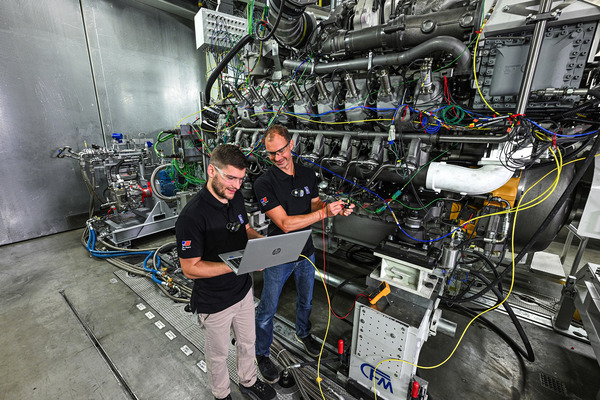Ammonia can power South Africa-EU green corridor by 2029 - study
Bulk carriers powered by green ammonia could start operating on the South Africa-Europe iron ore shipping route by 2029, a study by Global Maritime Forum (GMF) said.
 IMAGE: The Saldanha Bay iron ore export terminal in South Africa. Transnet Port Authority
IMAGE: The Saldanha Bay iron ore export terminal in South Africa. Transnet Port Authority
According to the report, the green ammonia-powered ships could bunker in Rotterdam in the green corridor’s initial years. South-Africa’ iron ore export terminal Saldanha Bay could then become a green ammonia production and bunkering hub by 2035.
Rotterdam already has mature ammonia infrastructure, while Saldanha Bay has started planning ammonia production and bunkering infrastructure, GMF said.
The report highlights announced green hydrogen projects near the ports of Boegoebaai, Saldanha and Walvis Bay, which could meet the green corridor’s fuel needs.
GMF sketches out a high-demand scenario of 22 bulk carriers per year by 2035.
South Africa can become a major ammonia bunker hub with access to enough funding, and with tax incentives and port tariff discounts, the organisation argues in the report.
The report also highlights regional and global regulations that could incentivise use of zero-emission fuels. These regulations include the EU's FuelEU Maritime and the now-delayed global IMO Net-Zero framework.
“With binding global regulations delayed for now, there remains a business case to be made for green ammonia on this corridor,” GMF’s deputy director of decarbonisation Marieke Beckmann said.
By Nachiket Tekawade
Please get in touch with comments or additional info to news@engine.online

Contact our Experts
With 50+ traders in 12 offices around the world, our team is available 24/7 to support you in your energy procurement needs.



